Sandboxes are lamellar mushrooms of the Ryadovka family, widely distributed in our forests, of the Ryadovkov family (Tricholomaceae). They are also known under the names sandstones, rowans, and clerks. Mushrooms received such names because of their love of sandy soils, their properties grow in a row, in addition, they give preference to poplars over other trees.
Sandbox Features
This genus of fungi has up to fifty species, each of which has its own characteristics, but a general description of sandstone can be given.
Appearance and photo
You can recognize sandstone by certain signs. Among them are:
- Spread in large groups.
- Growing in rows.
- The presence of a tubercle on the caps of old mushrooms.
- The way to hide in the sand or under the leaves.
The most striking feature of edible rowing is flour aroma. You can see how the sandstone looks in the photo.
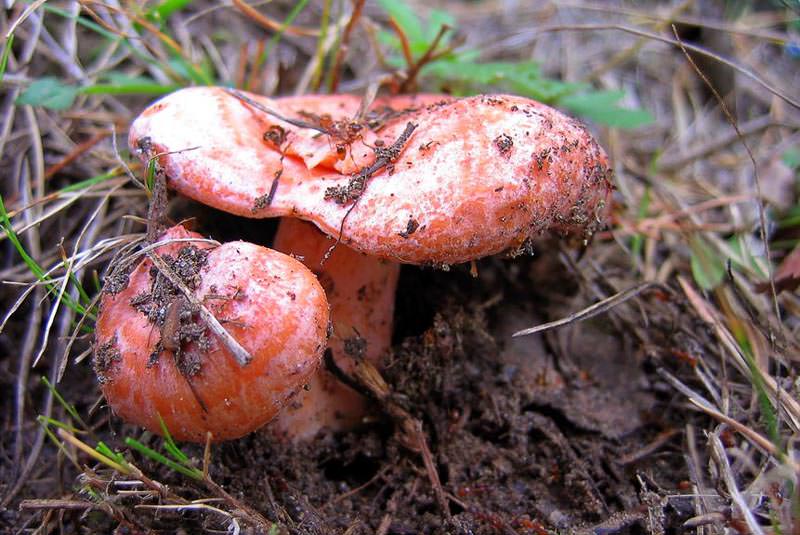 You may be interested in:
You may be interested in:Morphology
The hat at the sandbox is convex, fleshy, has the shape of a hemisphere. As it grows older, it straightens and bends, acquiring an irregular shape. The edges of the cap are thin, wrapped, with cracks. In young individuals, the surface is slightly moist and slippery. The diameter of the hat is from 6 to 12 cm.
Depending on the species, it can have the following colors:
- green;
- Gray;
- brown;
- red;
- shades of brown.
The leg is fleshy. In the context, it is from 1.5 to 4 cm, in length - from 3 to 8 cm. The color of the legs changes with age from shades of white to red-brown. When pressed, the surface of the leg darkens.
Plates of young mushrooms are white. With age, they acquire a reddish-brown hue. The flesh of the row is thick, fleshy, white. Under the skin of the hat, it is slightly reddish, and under the skin of the legs it is grayish. Almost all species are characterized by a certain aroma, reminiscent of the smell of freshly ground flour.
Habitat
Sandstones grow in large families. Their ranks can be found in such places:
- coniferous forests;
- deciduous forests;
- parks;
- landing;
- roadsides.
The most popular ranks are in the Omsk, Volgograd, Saratov regions of Russia, Kazakhstan, Altai Territory. These areas are considered poor in mushrooms, so sandboxes are actively eaten here.
 You may be interested in:
You may be interested in:Edible or inedible
Edibles can be either edible or toxic. The following mushrooms are edible:
- black-scaled;
- giant;
- dove;
- yellow-brown;
- massive;
- matsutake;
- Mongolian;
- red;
- poplar;
- Gray;
- carved;
- earthy.
Edible silver, golden, shod, yellow-red, bearded sandboxes and greenfinch belong to conditionally edible.All other representatives of the ranks are inedible or toxic.
Difference from false mushrooms
Edible species are often confused with inedible or poisonous ranks. The following is a list of the most common false mushrooms with a description of the main differences.
| View name | Features |
|---|---|
| Leopard |
|
| Pointy mouse |
|
| Soapy |
|
| Brown |
|
| White |
|
The main sign of the edibility of sandstone is its floury smell.
Terms and conditions of collection
The sandstone begins to bear fruit in August. The last mushrooms are harvested in October, and some species survive to the first frosts.
You can collect rowing only in relatively environmentally friendly places. It is common for fruit bodies of mushrooms to absorb toxins from the environment, as a result of which even edible species become poisonous. Checking the mushrooms for toxicity can be done in a rather simple way: if the flesh of the sandbox is white, it is suitable for consumption, the yellow flesh indicates unsuitability.
In nature, there are more than 40 types of sandstones. But the following types are considered the most common:
- Greenfinch - This is a sandbox with an unusual green color. Even after heat treatment, the color does not change. Sometimes there are specimens with a yellowish tint. This species belongs to the conditionally edible category. It is eaten only subject to observance of complex cooking technology and in very limited quantities. The hat is convex, has a small tubercle in the middle.
As they grow older, flakes appear on the surface. The leg of the greenfinch is short but wide. It has a dense elastic texture. The color of the legs is also green. Lemon shades have a characteristic odor of flour in the rows. The pulp is white. In overripe or damaged specimens, it acquires a yellow tint.
- Gray sandstone - poses a threat to human health when eaten raw. Despite belonging to the category of edible, it becomes such only after heat treatment. The hat is fleshy, round. Over time, it acquires a flat shape and uneven edges. The cap is a little flattened, in the middle there is a tubercle.
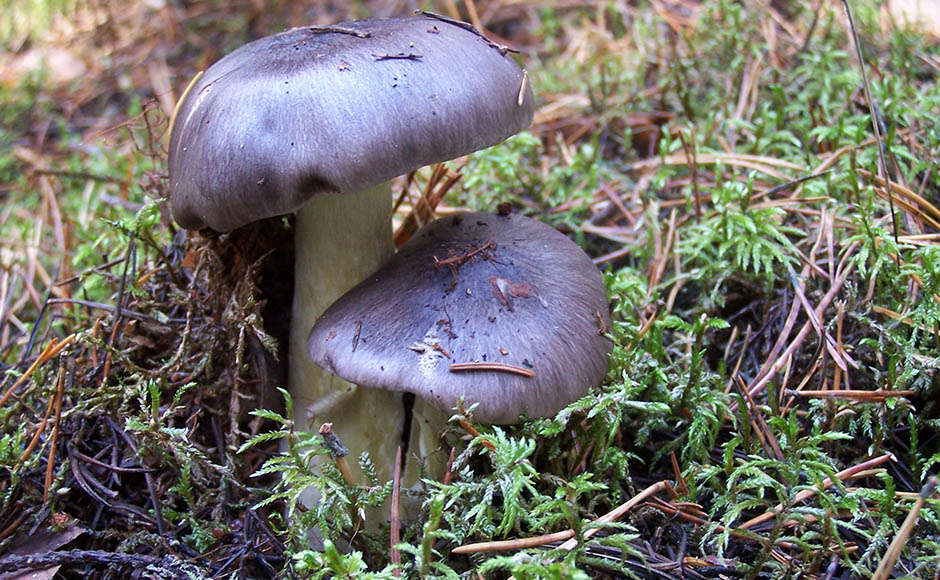
The rowing is gray The surface is painted with an ashen shade of gray. Leg whitish, sometimes with a gray-yellow tint. Initially, white plates eventually turn yellow or gray. The pulp is white. At the break, it turns yellow, emitting a powdery smell.
- Red sandstone - various sources are assigned to different categories. Some describe this species as edible, while others attribute them to conditionally edible. One way or another, but, by analogy with gray sandstones, red can only be eaten after processing. The hat is convex; as it grows older, it takes on a flat shape. In the middle there is a small tubercle.
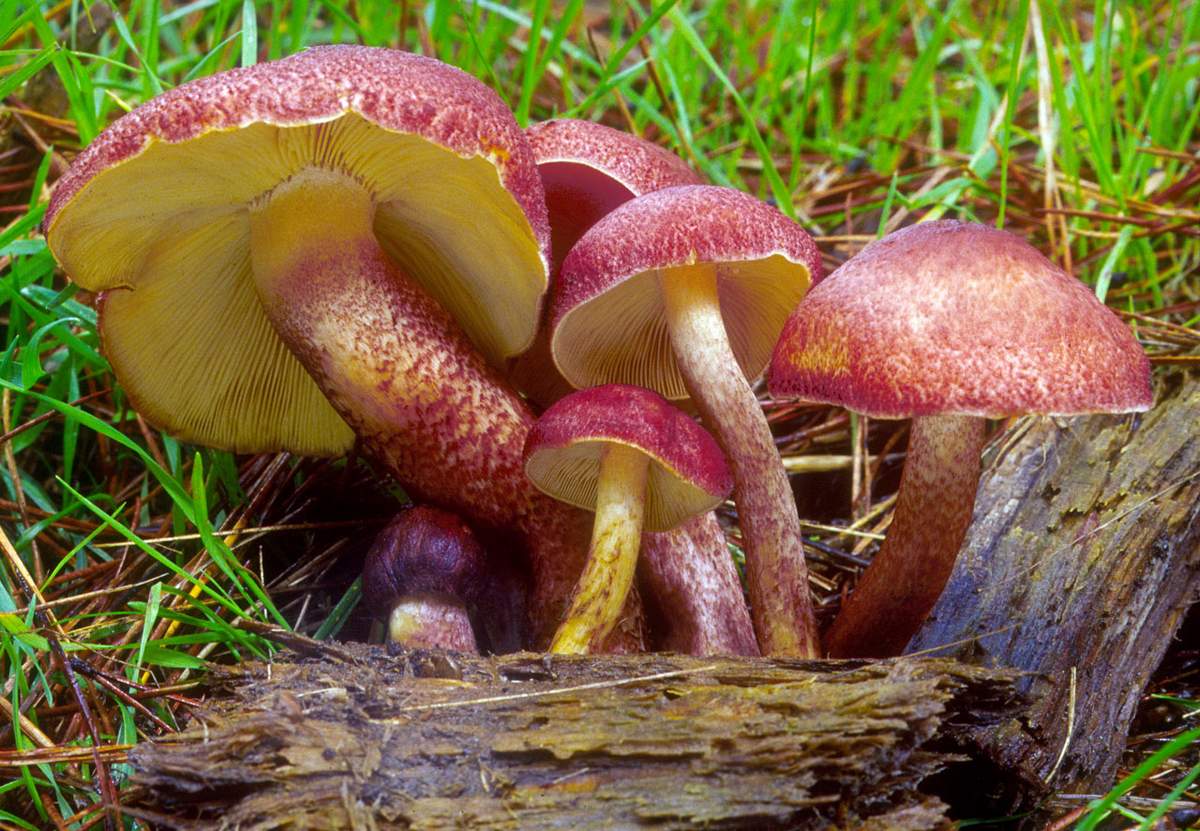
Red sandstone The surface is sticky. In old individuals, scales form on it. The color of the surface varies from red to brown. Leg straight, slightly thickened below. The surface is white, painted yellow-red below. Brown spots appear on old rows. Young mushrooms have white plates. With age, they turn yellow and become covered with red spots. The pulp is white, with a yellowish tinge. When cut, it smells of flour.
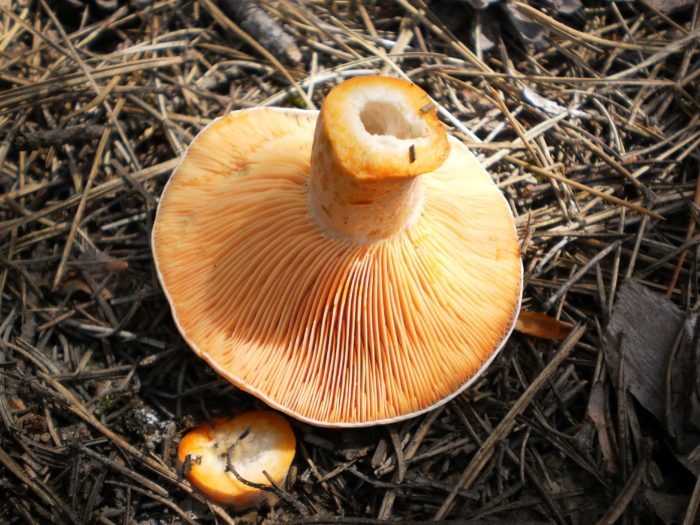 You may be interested in:
You may be interested in:Recipes and cooking features
Sandstones can be prepared in many ways. From mushroom soups to julienne. But the most delicious dishes are salty and fried sandboxes. Before cooking, mushrooms must be prepared. Sandstone preparation involves the following actions:
- Rinse thoroughly.
- Pour in very salt water, leave for a day.
- Wash off the salt.
- Boil for half an hour.
- Drain and rinse again.
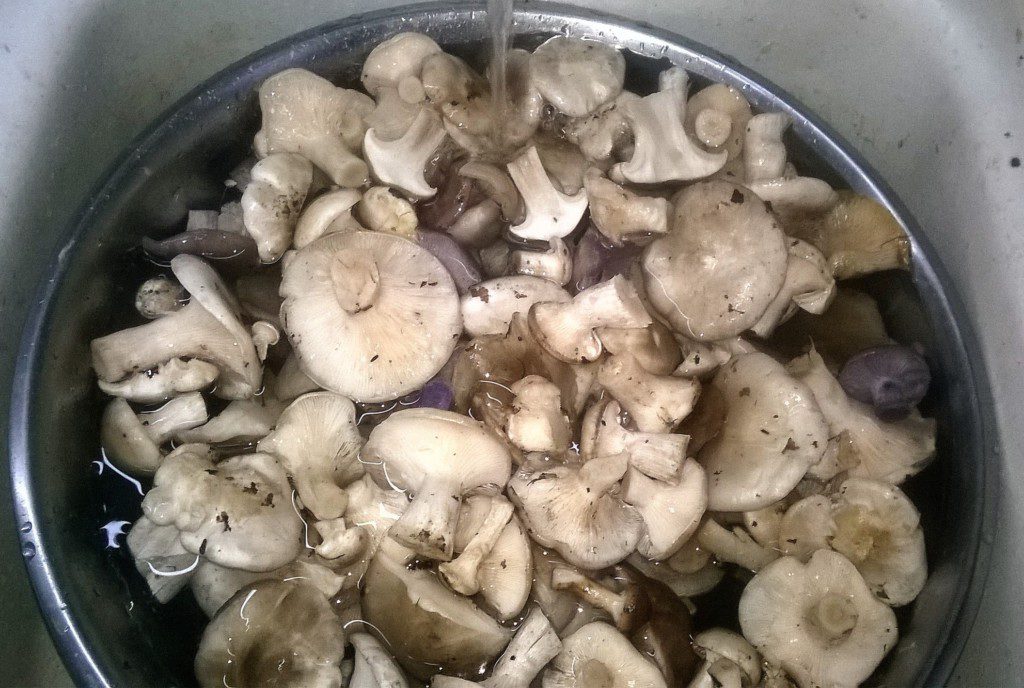
Soaking is a prerequisite for the use of rows in food.
Salting for the winter
Salt sandboxes is easy. For salting you will need the following products:
- sandstones - 1 kg;
- garlic - 4 cloves;
- currant leaves - 6 pcs. in each jar;
- allspice peas - 10 pcs.;
- salt - 50 g.
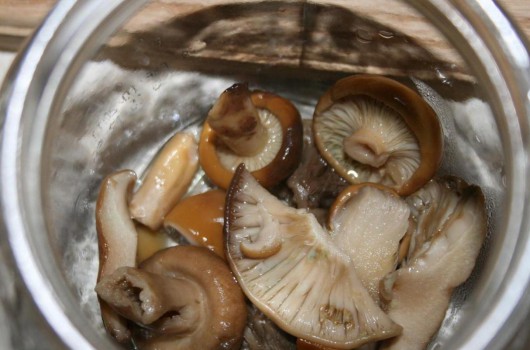
At the bottom of the can lay 3 currant leaves. Top with pepper. Then prepared sandboxes are laid out in layers, pouring each layer with salt and garlic. The last leaves of the currant are laid out last. Banks are closed and left for 6 weeks. After this period, rowing can be eaten.
Fried sandboxes
Sandboxes can be fried. To do this, prepared mushrooms overcook with onions until golden brown. You can also cook sandstones in egg batter.
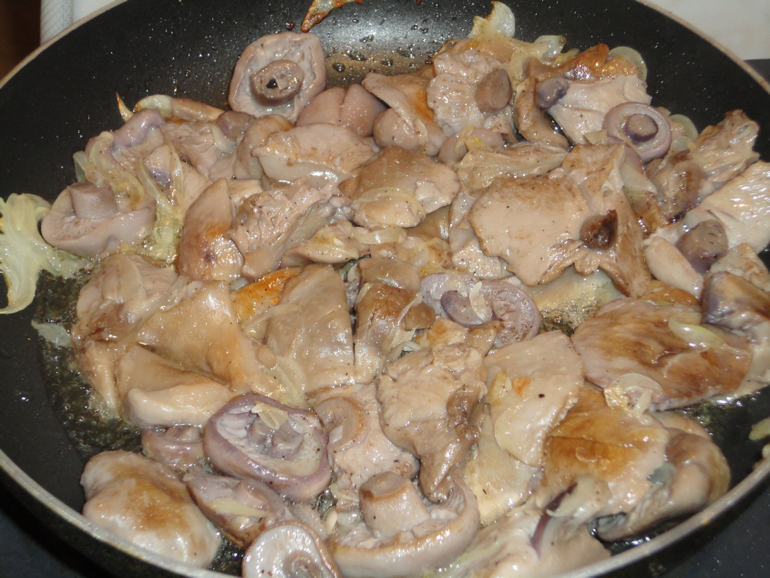
Some housewives prefer to add a little sour cream at the end of the frying. This makes sandboxes even juicier. To the taste, fried rowing resembles chicken meat. Properly cooked mushrooms will be the highlight of any table.
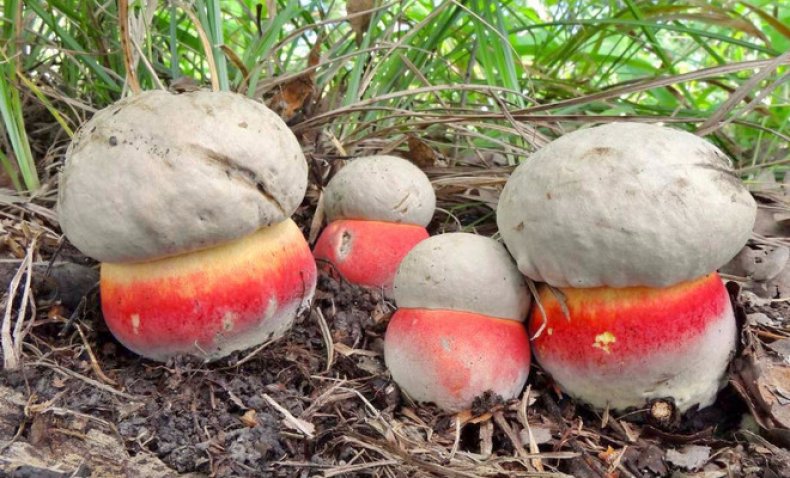 You may be interested in:
You may be interested in:Useful properties of sandboxes and restrictions on use
The sandbox is a source of fiber, glycogen, thiamine, riboflavin. They contain the following elements:
- calcium;
- magnesium;
- phosphorus;
- sodium;
- chlorine;
- copper;
- manganese;
- zinc.
Mushrooms are rich in vitamins A, D, B. They are characterized by the following effects on the human body:
- immunomodulatory;
- anti-inflammatory;
- antibacterial;
- antiviral;
- antioxidant.
At the same time, eating a raw sandbox can cause indigestion. Mushrooms should not be eaten by young children, pregnant and lactating women.
Answers to widespread questions
Sandboxes are very common mushrooms, so they often become the topic of discussion by mushroom pickers:
Sandboxes are very common mushrooms that can be cooked in a variety of ways. The only difficulty may arise during the collection, as the mushrooms have inedible doubles.

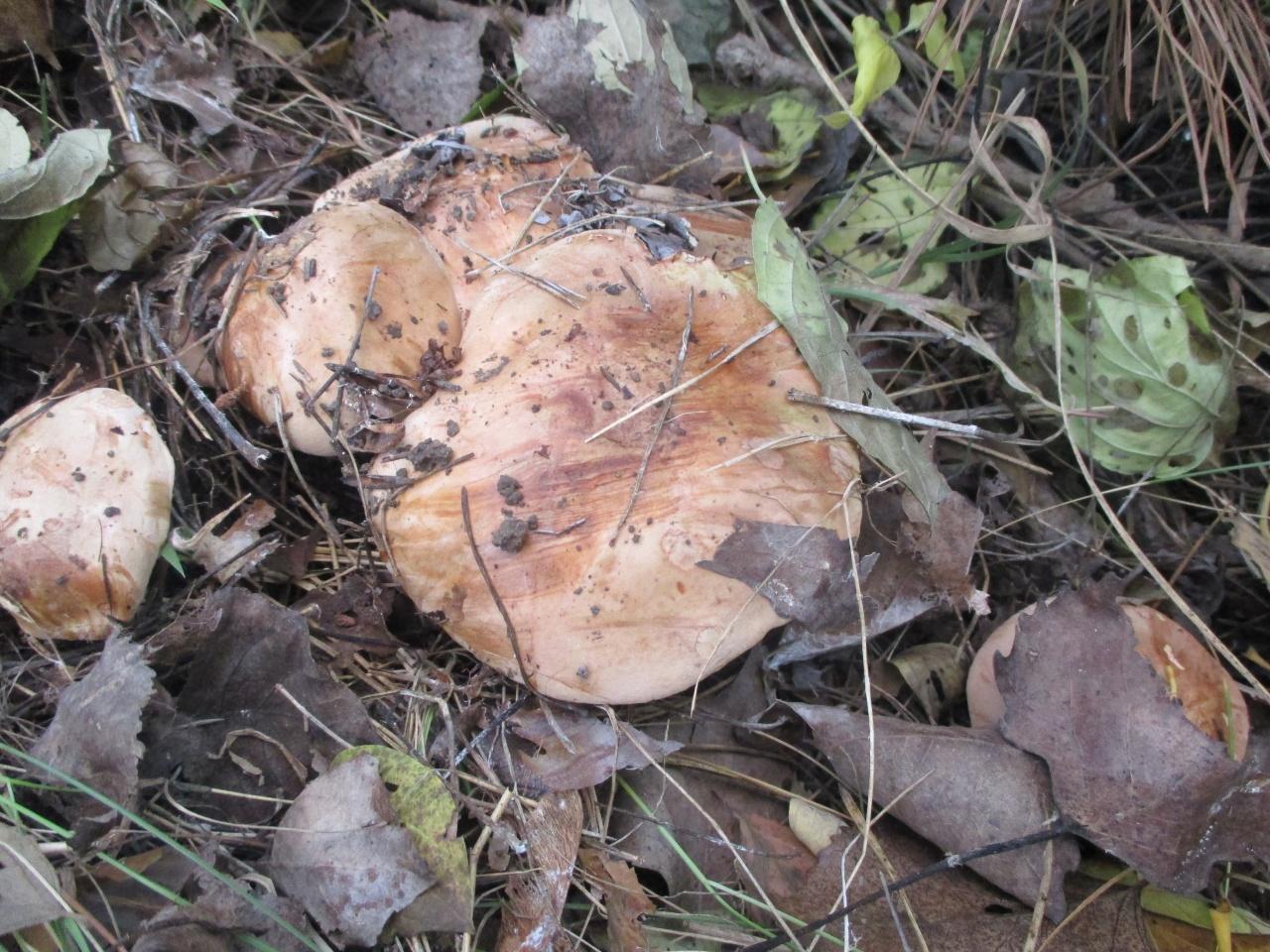
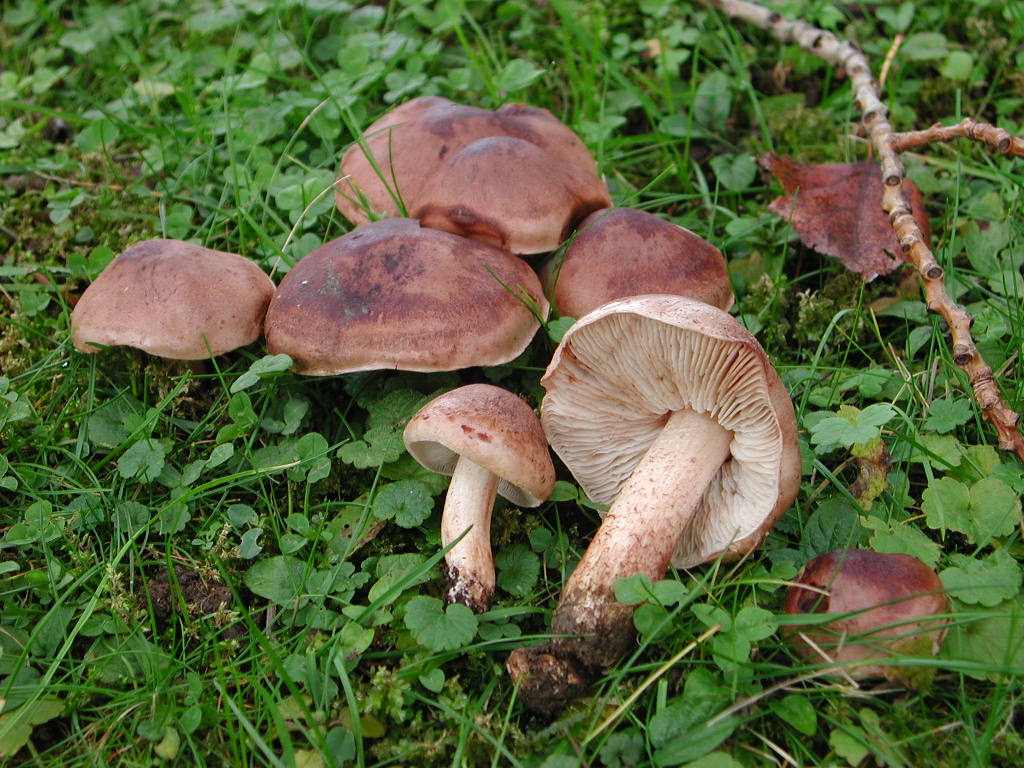



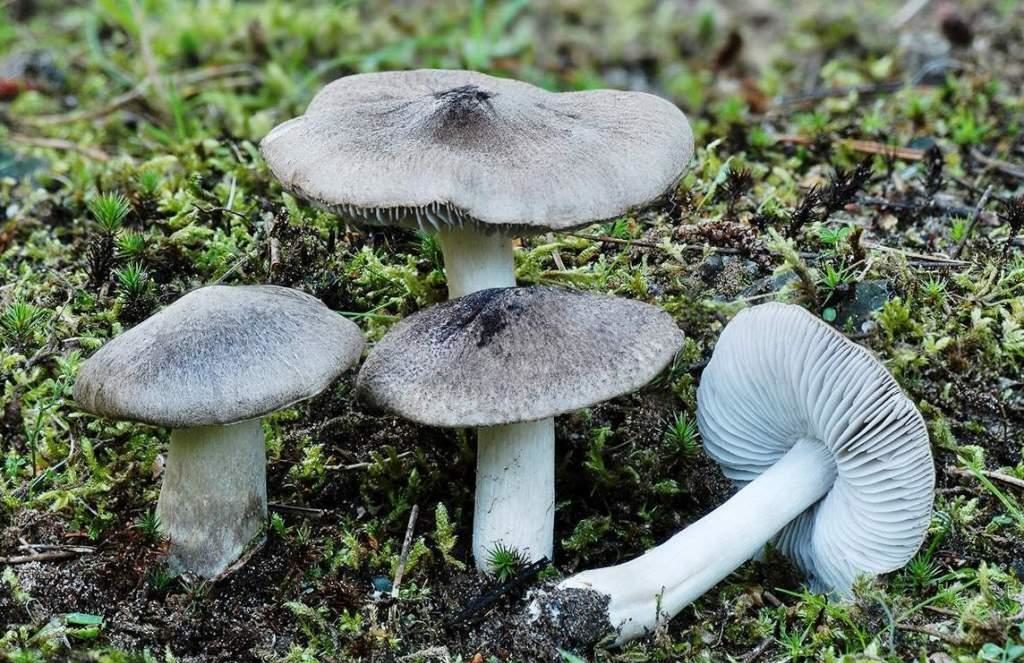
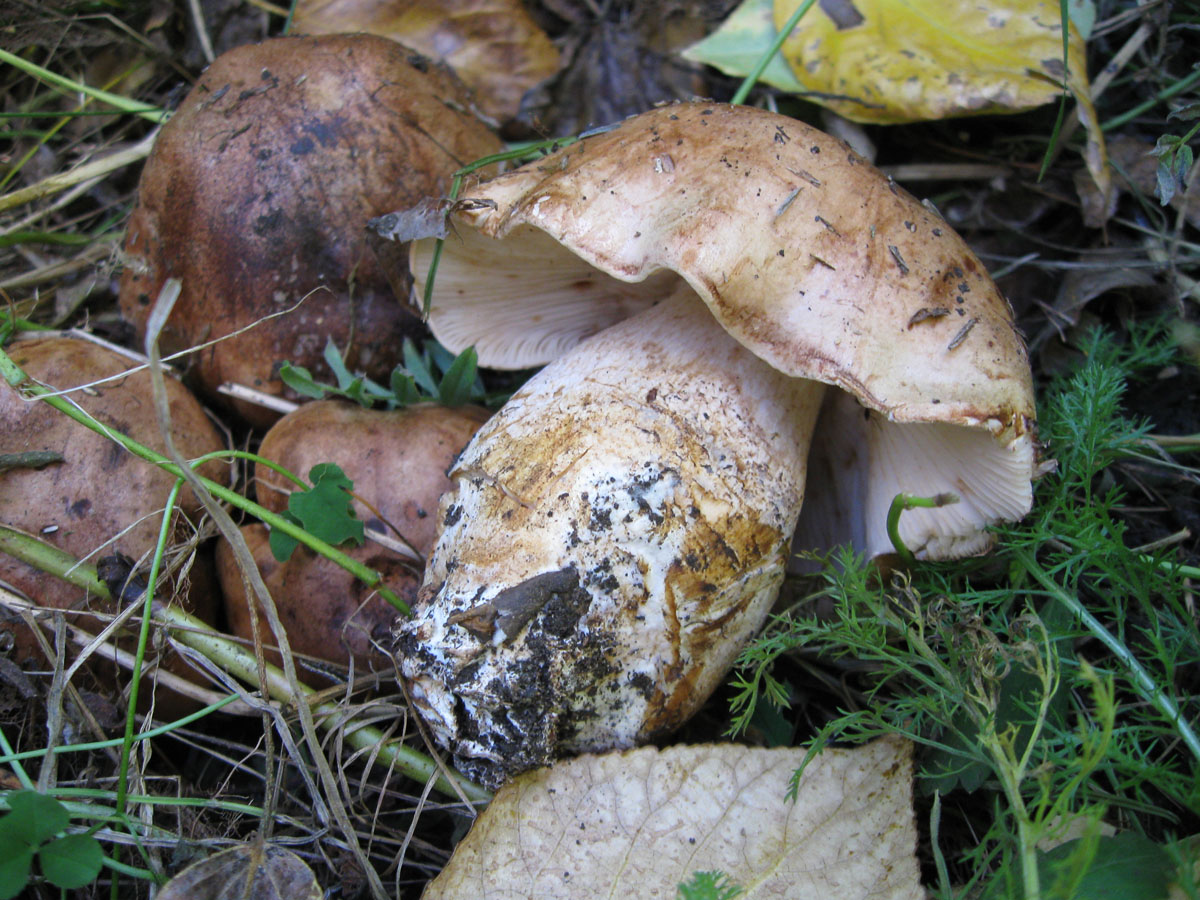
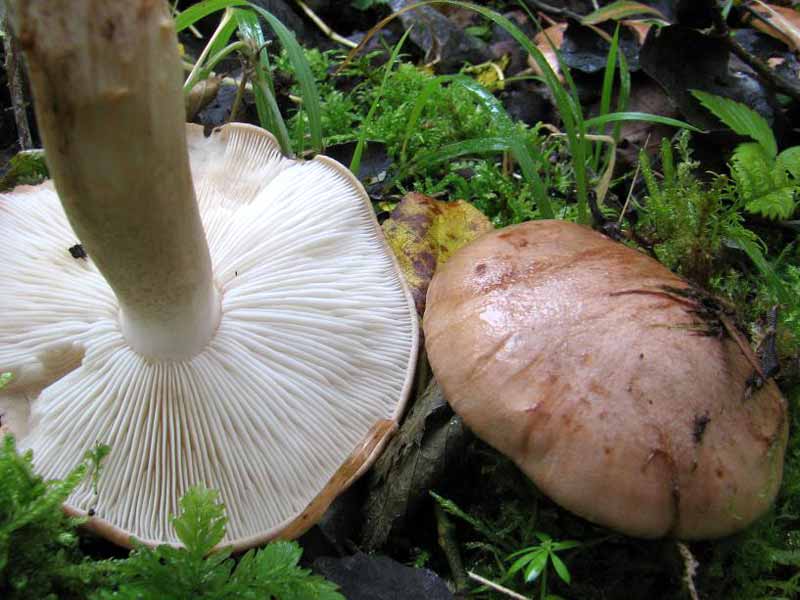
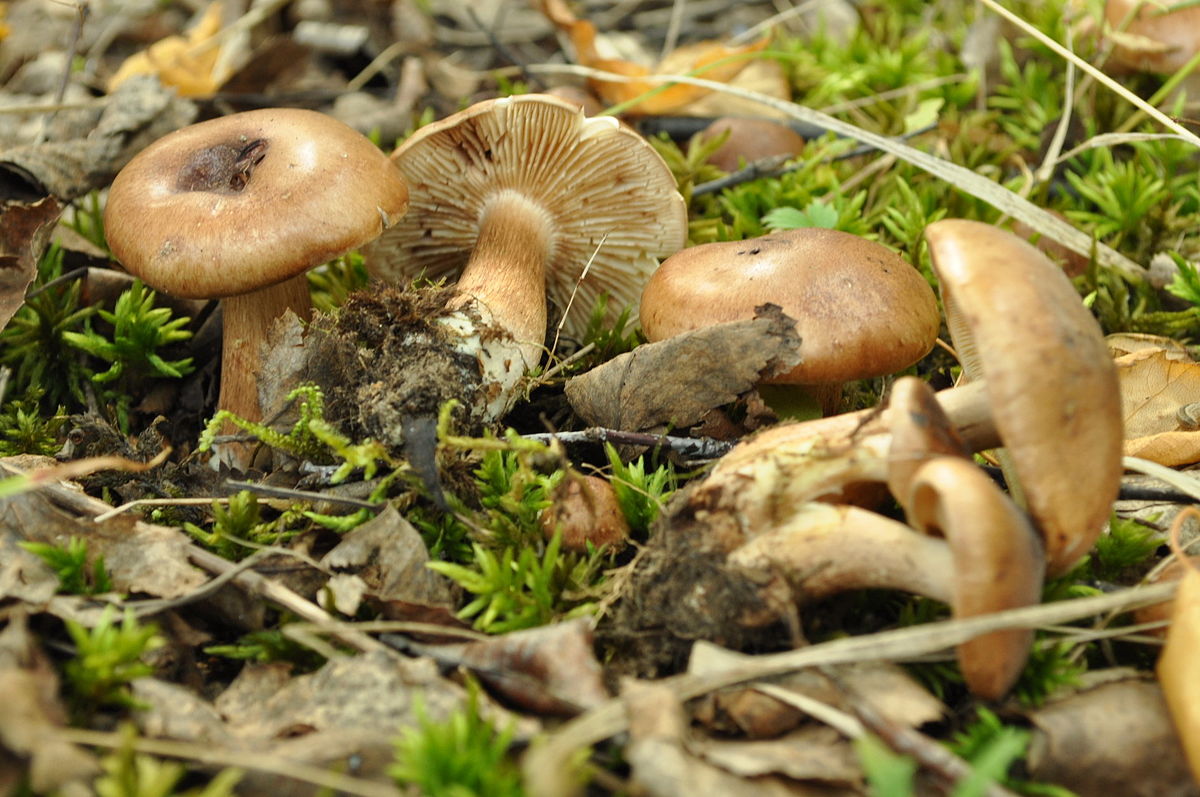
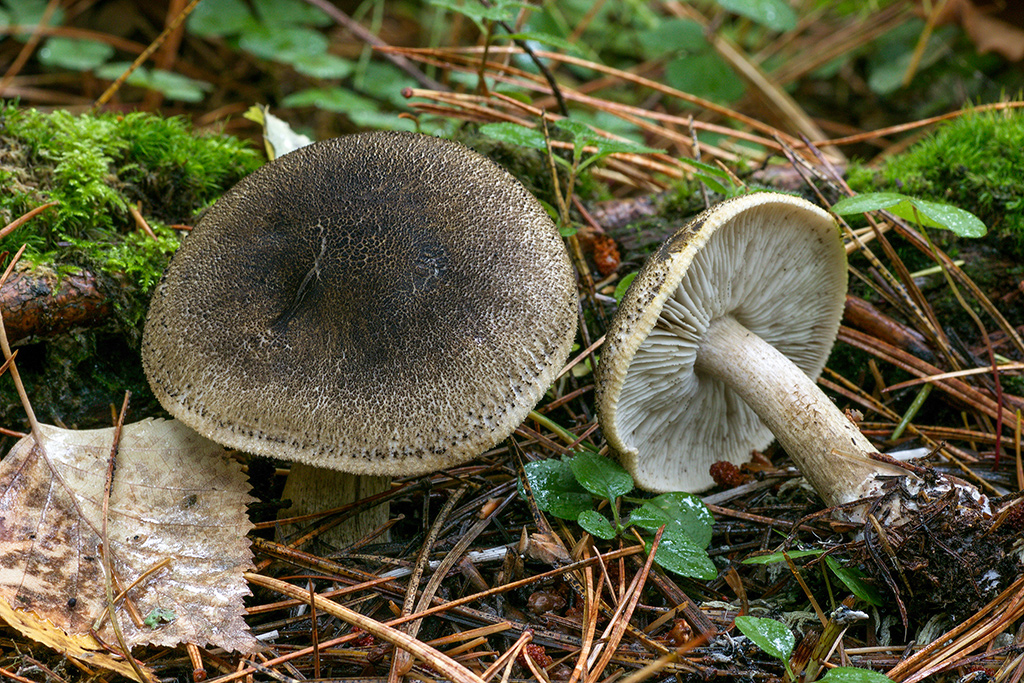
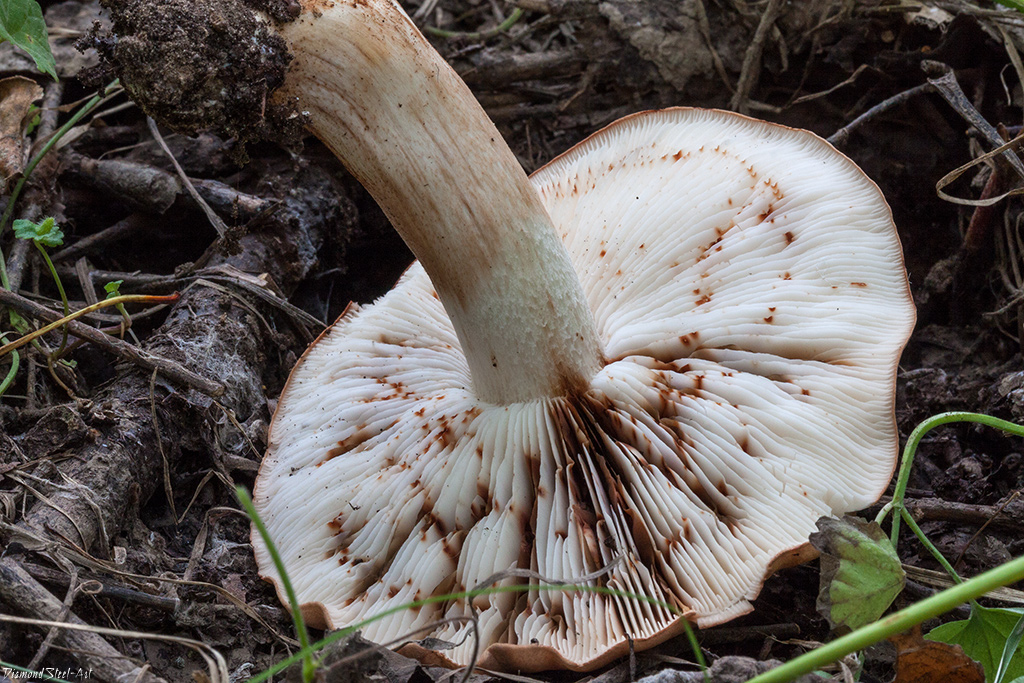
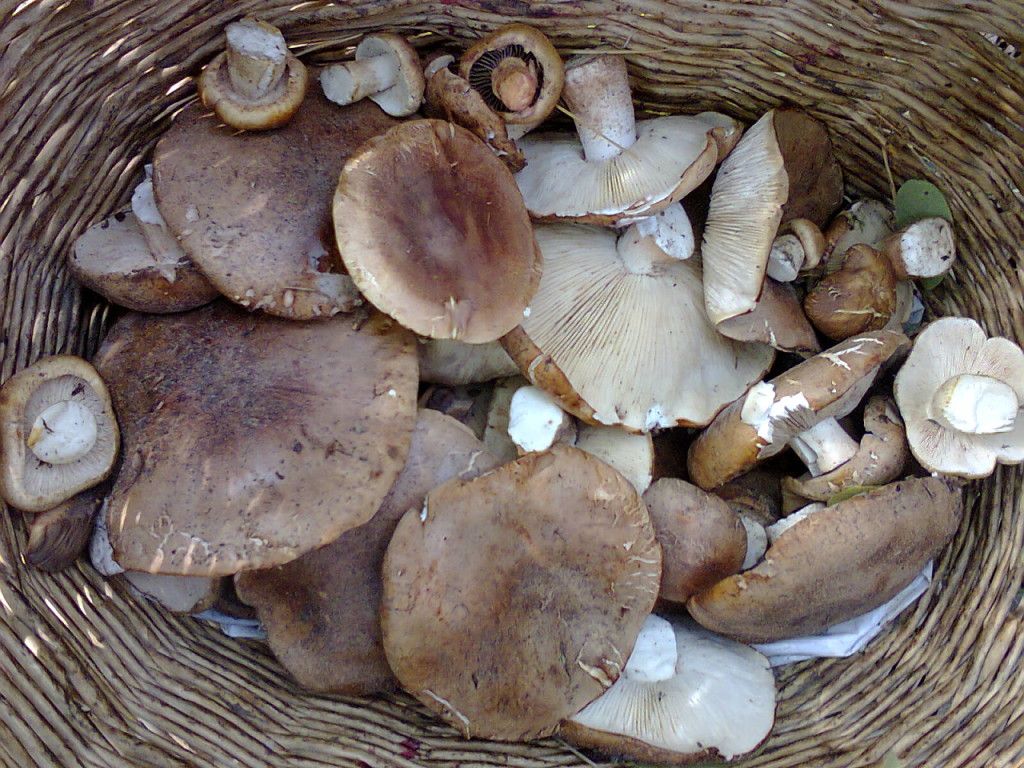
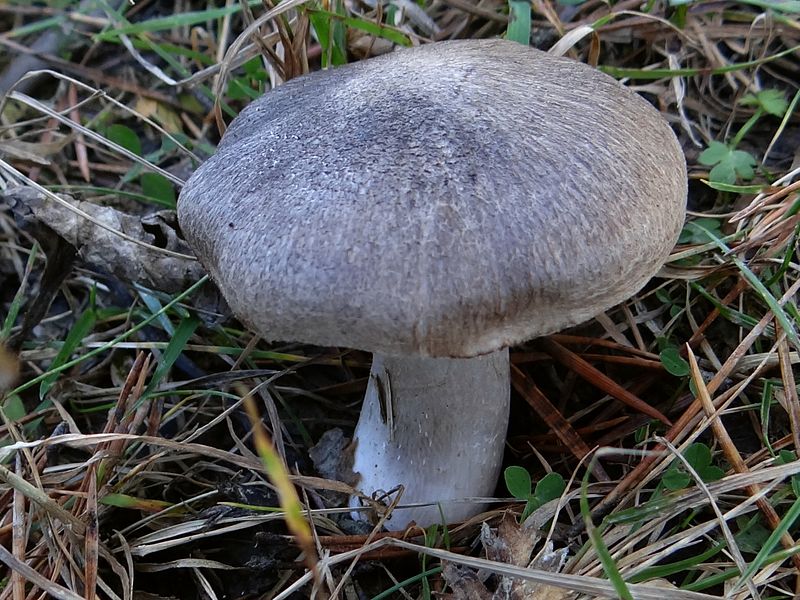
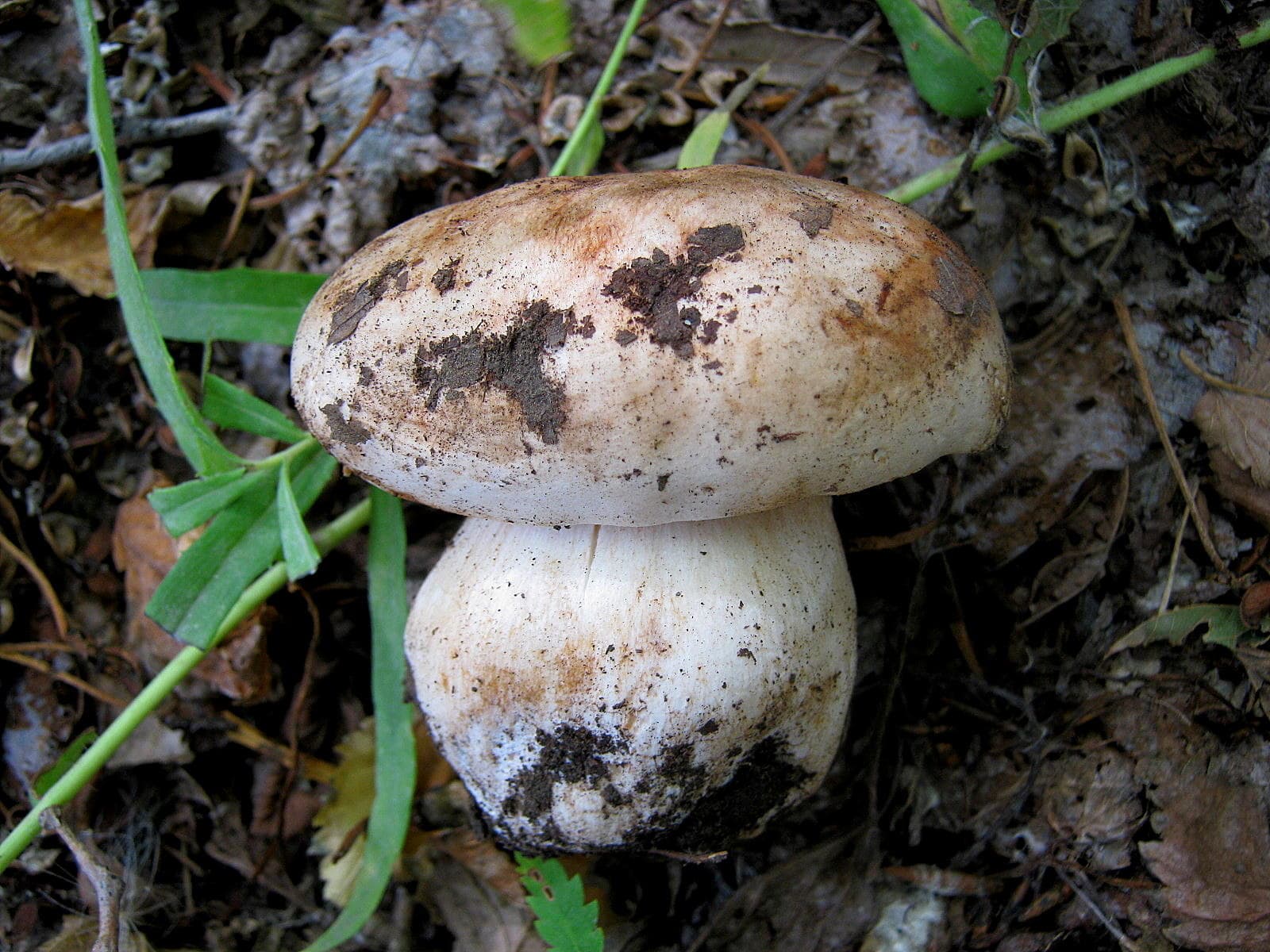
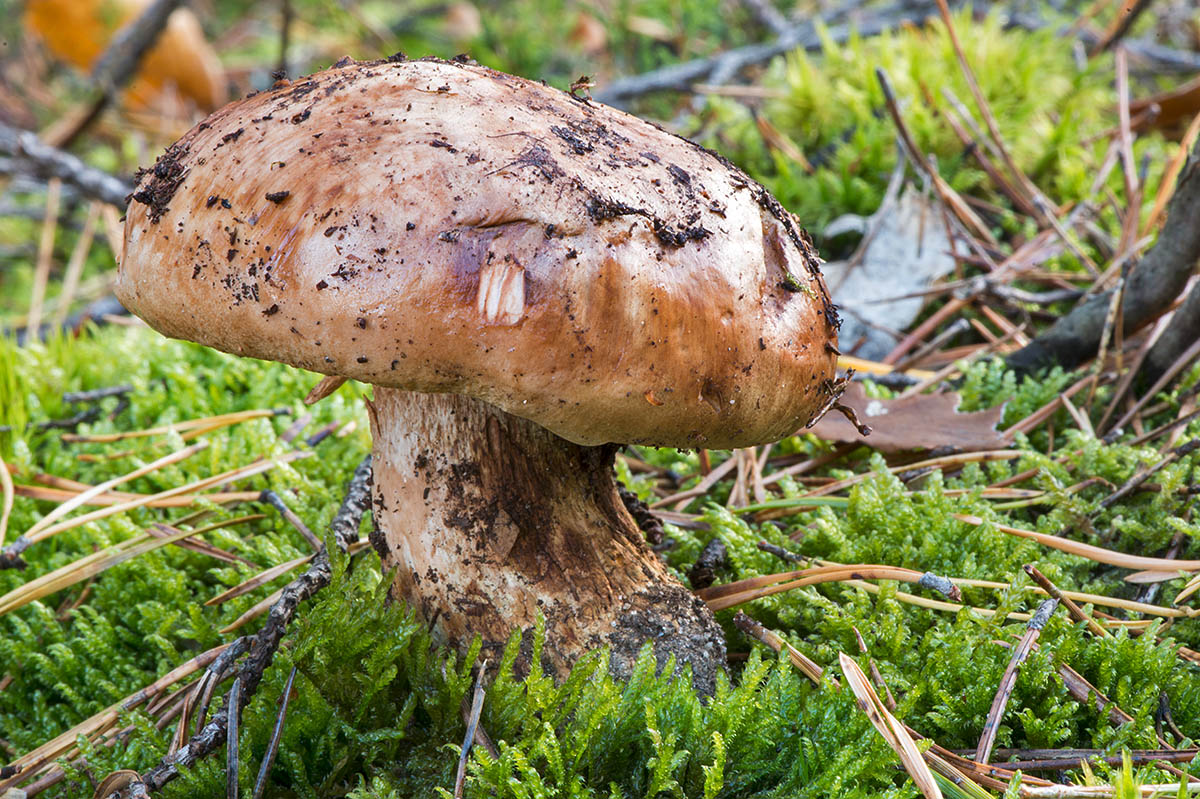
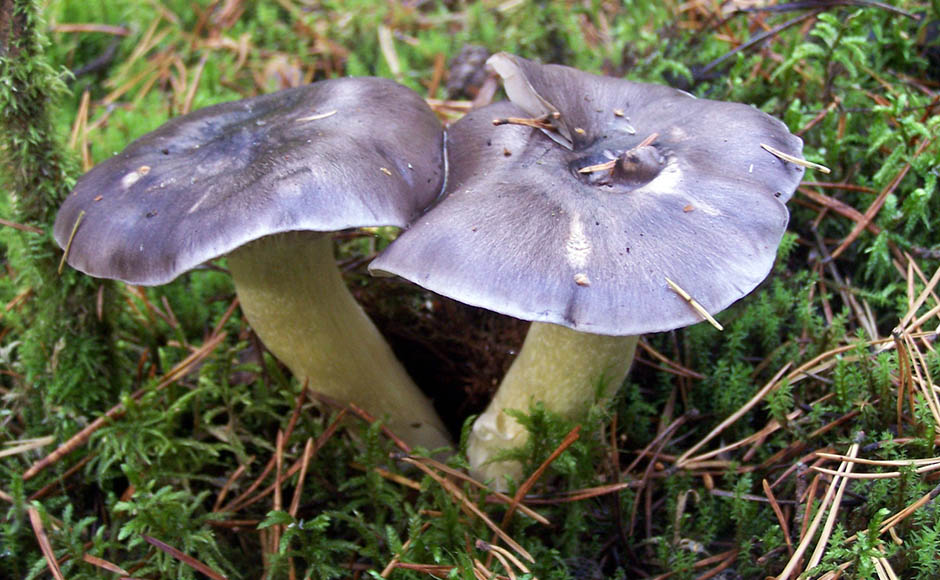

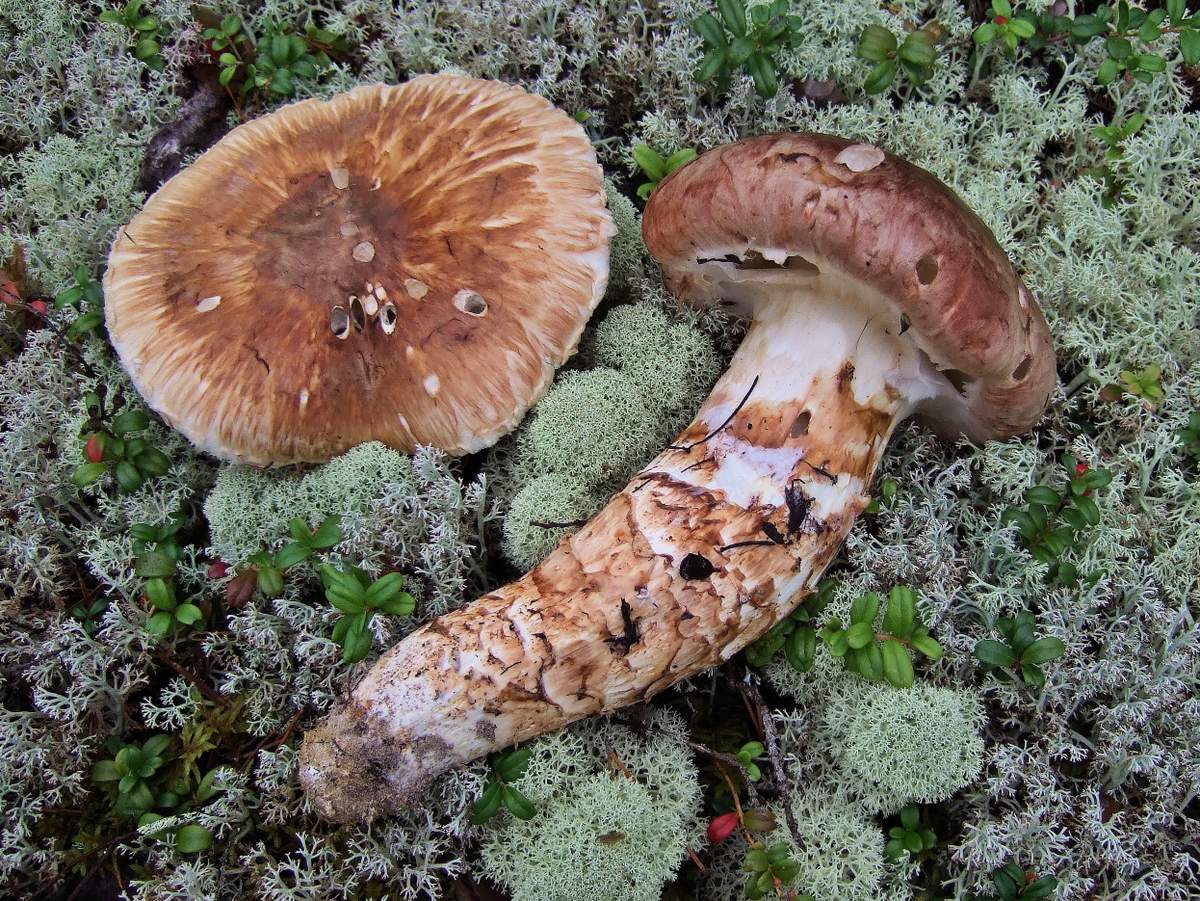




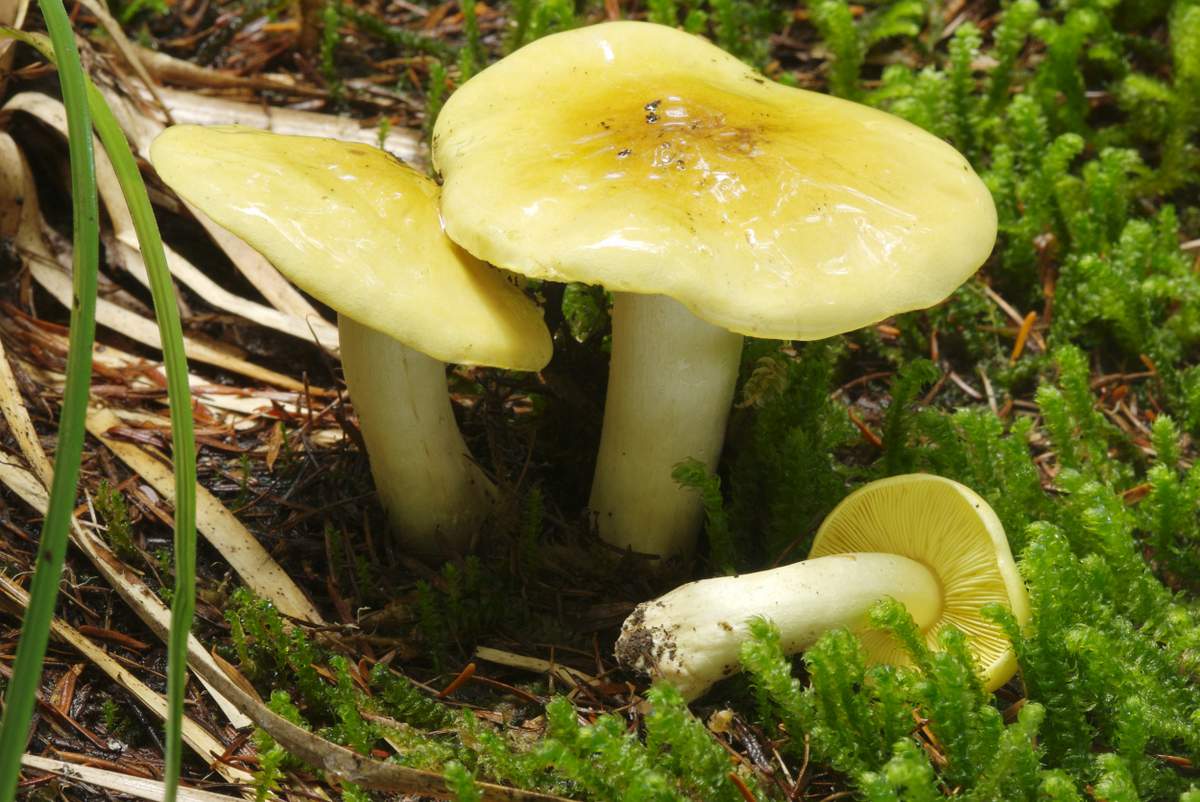
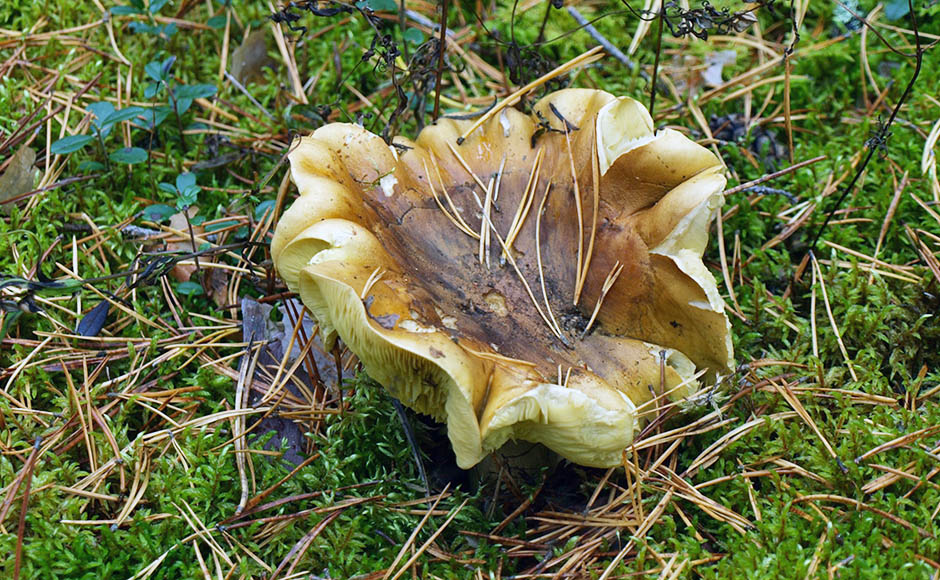
 Care and use of Kombucha at home (+22 photo)
Care and use of Kombucha at home (+22 photo) Edibility of the fungus of the motley umbrella and its description (+19 photo)
Edibility of the fungus of the motley umbrella and its description (+19 photo) Description of edible and inedible oils, their poisonous counterparts (+40 photos)
Description of edible and inedible oils, their poisonous counterparts (+40 photos) Useful properties of milk mushroom and its contraindications (+17 photos)
Useful properties of milk mushroom and its contraindications (+17 photos)